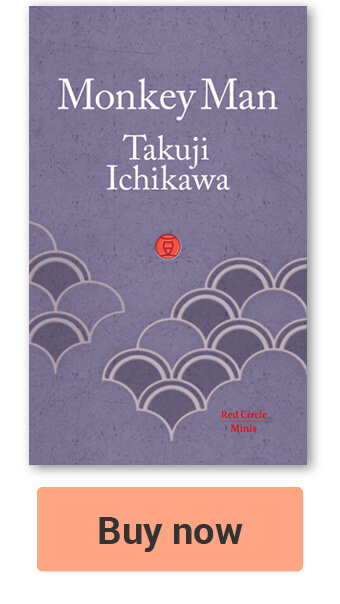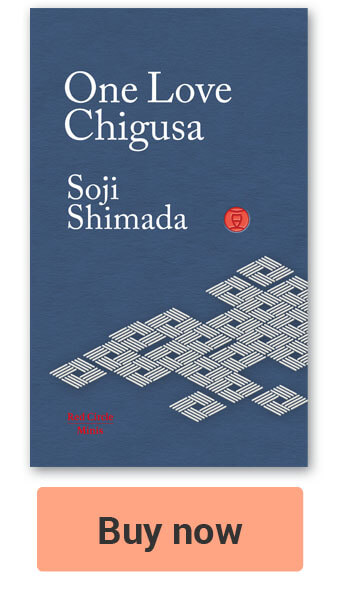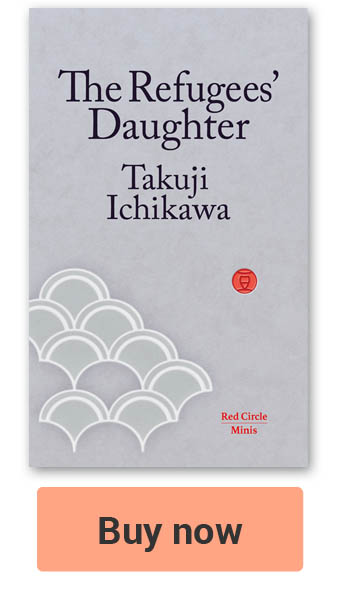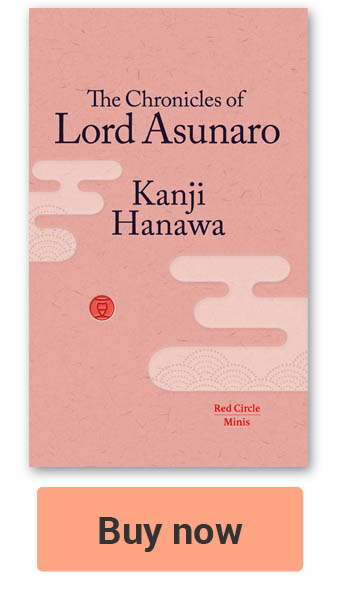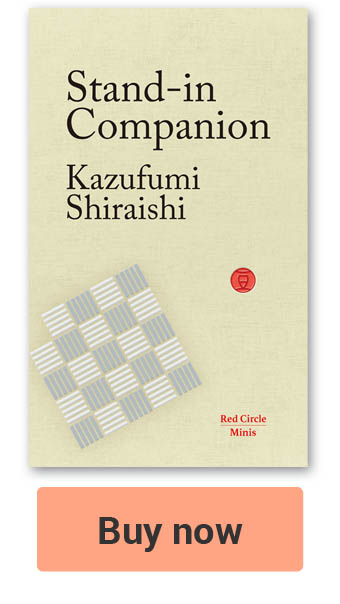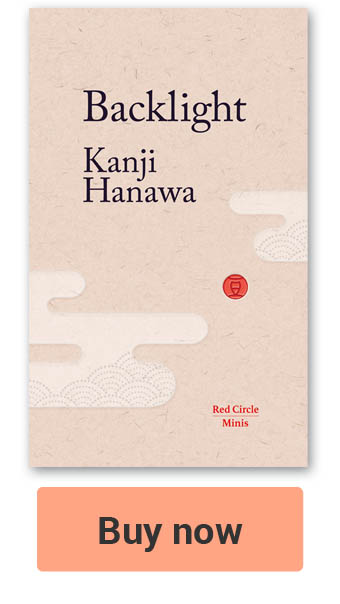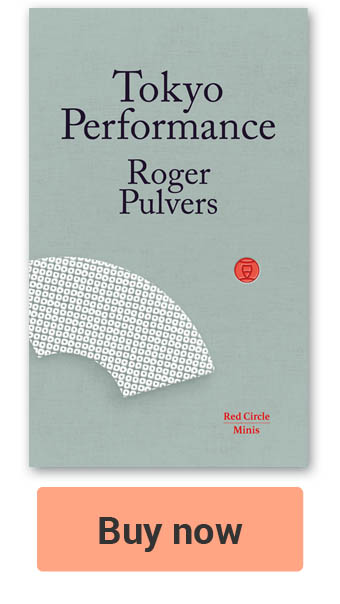The first English language edition of Kobo Abe’s ‘The Woman in the Dunes’ was illustrated by his wife Machi[UPDATED: 6-17-2024]
In 1964, the year of the first Tokyo Olympics, Alfred A. Knoff published the first American Edition of Kobo Abe’s (1924-1993) The Women in the Dunes in English, translated by E. Dale Saunders (1919-1995).
This first edition is beautifully illustrated with multiple drawings, rendered in pen and ink, by the author’s wife Machi who he met while he was at university studying medicine. Many believe his wife, who was an artist and theatre designer, was the inspiration behind his decision to quit the medical profession shortly after he graduated from university and one year after they married in 1947.
The drawings depict not just the protagonists, but also the insects one of the novel’s protagonists collects while on a break from work at the start of the narrative, a break he finds it impossible to return from.
One such illustration, for instance, consists of four rows of insects, each with four similar looking insects holding the feelers of the insect next to them, as if they are line dancing on the page.
The Women in the Dunes, a jarringly dry novel about the futility and repetitiveness of modern Japanese existence, was Abe’s first novel published in English. It had already won the Yomiuri Prize for Literature in Japan in 1960 and was published in America in English 16 years after Abe had made his debut as a writer in Japan.
A film adaptation of The Women in the Dunes, directed by Hiroshi Teshigahara (1927-2001), with its unusually memorable sound track by Toru Takemitsu (1930-1996), also went on general release in the same year as the English edition was published in America in 1964.
The film subsequently won the special Jury Prize at the Cannes Film Festival the same year, helping launch Abe’s reputation and career outside Japan.
Abe, son of a medical doctor, was brought up in Mukuden, Manchuria where his father was working at a medical school. And like the protagonist in The Women in the Dunes, Abe was fascinated with and collected insects from a young age. Despite all of this or because of it his own son subsequently decided to continue the family tradition and became a doctor.
Abe was a fan of Nietzche, Heidegger, Jaspers as well as Kafka, an author that he has often been compared to. In fact, he is often given the moniker ‘The Kafka of Japan’.
Abe studied medicine like his father, but in 1948 the year he graduated from Tokyo Imperial University, his debut book, The Road Sign at the End of the Road, was published. Three years later he went on to win the prestigious Akutagawa Literary Prize for his novel The Crime of Mr. S. Karuma.
Abe was a highly creative individual who ran his own avant-garde theatre group and also wrote science fiction. His best-known work of science fiction, Inter Ice Age 4, published at the height of the Cold War in 1959, is thought by many to be one of the best works of science fiction written by a Japanese author.
Unsurprisingly, Abe and The Woman in the Dunes in particular are still popular today amongst some of Japan’s most creative individuals. People like the up-and-coming film director Yuka Eda, director and screenwriter of the 2018 crowd-funded film Shojo Kaiko, Girls’ Encounter, and the 2019 drama 21st Century Girl.
Such Japanese artists often cite Abe as being inspirational and hugely influential on their own work, but few recall or seem to be aware of the talents of his wife and her illustrations.
The 1964 American edition of The Women in the Dunes contains the following text on the page opposite its copyright page: “Without The Threat Of Punishment There Is No Joy In Flight”.
1964, Japan’s Olympic year, was not only a pivotal year for Abe with the twin milestones of his English language edition and the release of the book’s prize-winning film adaptation. It was also a significant year for Japanese publishing, other creative writers, and for Japan itself.

